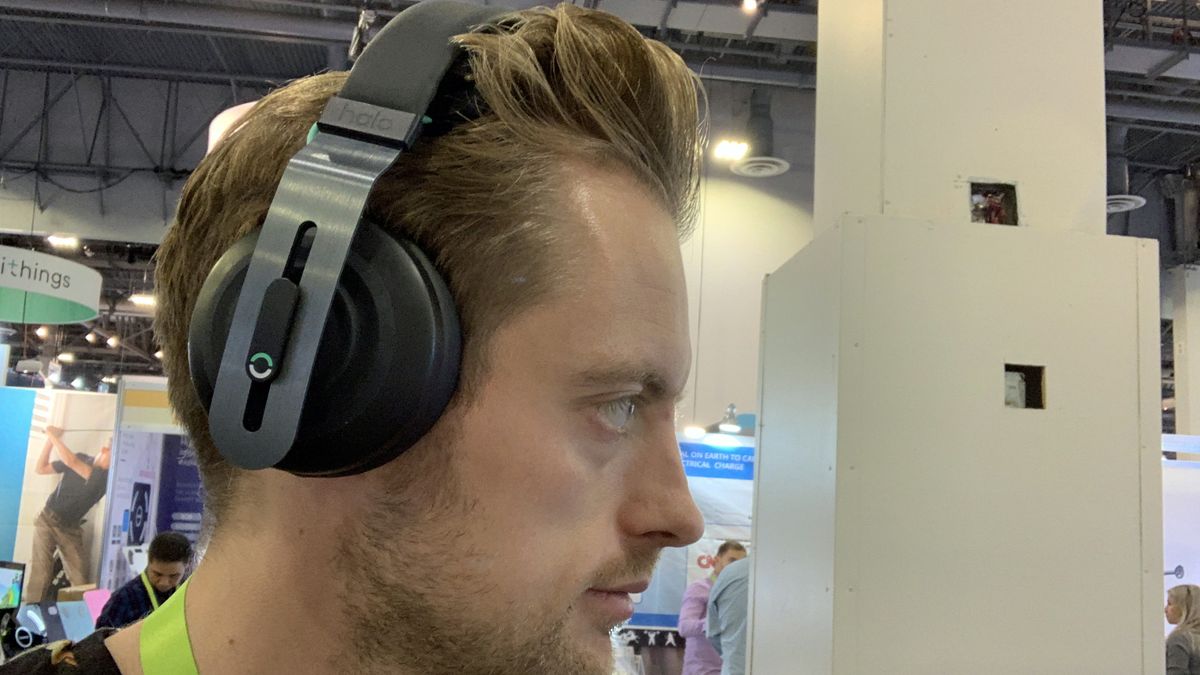Transcranial Electrical Stimulation Halo

Participants then performed 5.
Transcranial electrical stimulation halo. In this triple blind randomized sham controlled study nine physically active participants received either a placebo stimulation sham or real stimulation halo for 20 min. Halo is looking to build an apple style consumer. A phosphene is the phenomenon of seeing light without light actually entering the eye the word phosphene comes from the greek words phos light and phainein to show. Phosphenes that are induced by movement or sound may be associated with optic neuritis.
We listened to customer feedback and after hundreds of design iterations landed on a product that combines simplicity with peak performance making it the perfect tdcs device for everyone from beginners to advanced brain stimulation enthusiasts. The present study investigated the effects of transcranial direct current stimulation tdcs using the halo sport device on repeated sprint cycling ability and on cognitive performance. Peer reviewed research shows halo sport improves performance by 15. We call this hyperplasticity or hyperlearning.
Halo sport uses a neurostimulation technique called transcranial direct current stimulation tdcs. It relies on transcranial electrical stimulation tes a technique that can trace its roots as far back as the 19th century and has become a. The brain stimulator v3 0 is the most technologically advanced transcranial direct current stimulation device ever made. Transcranial magnetic stimulation tms is a noninvasive procedure that uses magnetic fields to stimulate nerve cells in the brain to improve symptoms of depression.
Tms is typically used when other depression treatments haven t been effective. Phosphenes can be directly induced by mechanical electrical or magnetic stimulation of the retina or visual cortex or by random firing. Halo sport increases your brain s neuroplasticity so you can create and strengthen motor pathways faster. The headset works by applying a small electric current to the part of the brain that controls movement activating neurons so they fire more often when you train.


















